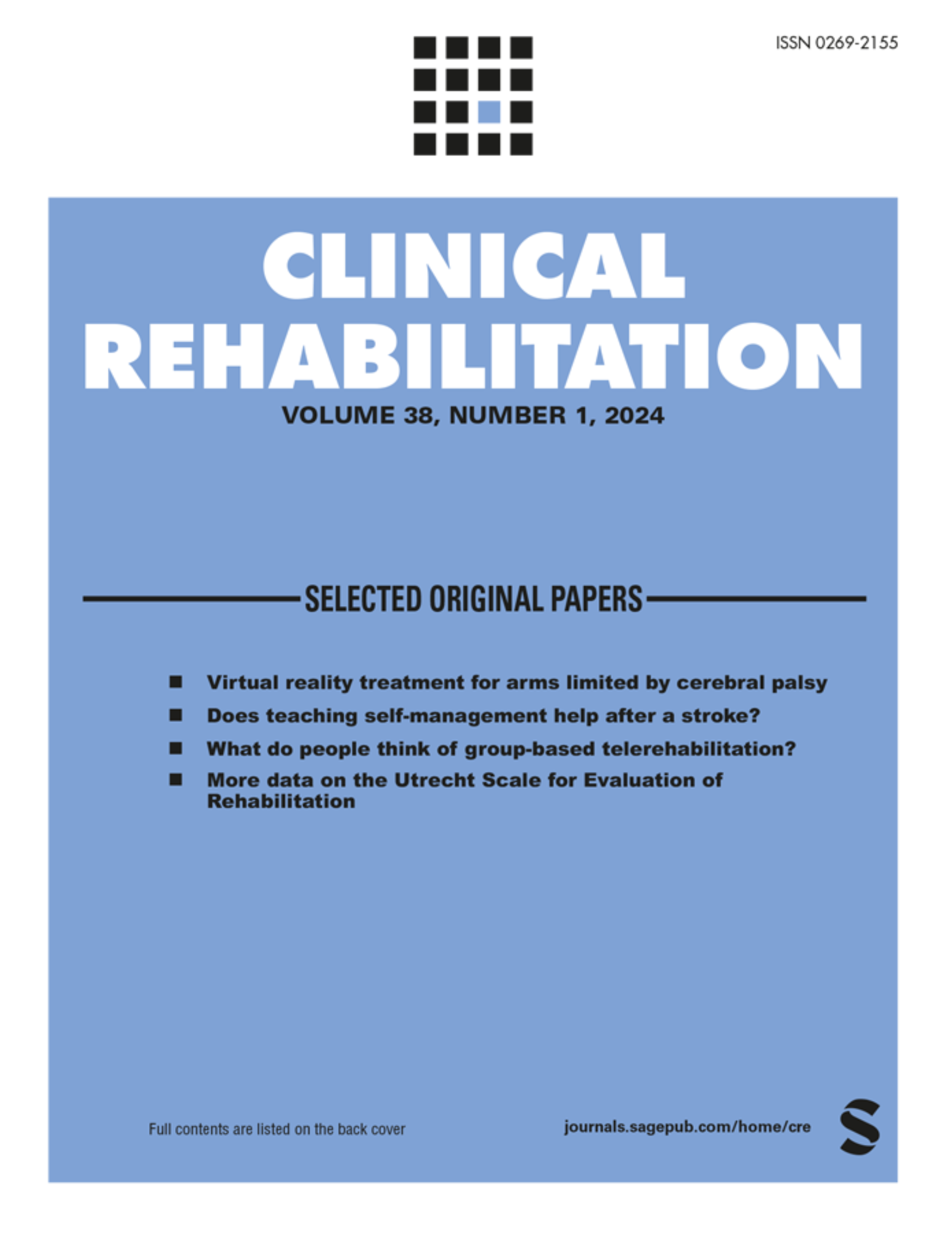
Use of Ankle Trainer Improved Function and Shortened Length of Stay After Ankle Fracture Surgery

Use of Ankle Trainer Improved Function and Shortened Length of Stay After Ankle Fracture Surgery
Compared to conventional physiotherapy, does the use of an ankle trainer device after Weber B ankle fracture operation improve outcome and shorten hospital stay? A randomized controlled trial.
Clin Rehabil. 2020 Aug;34(8):1040-1047.Did you know you're eligible to earn 0.5 CME credits for reading this report? Click Here
Synopsis
One hundred and thirteen patients with Weber B classified closed ankle fractures were randomized to receive rehabilitation using a spring-loaded ankle trainer or conventional rehabilitation using a non-elastic band for physical therapy. The primary outcome of interest was the Olerud–Molander Ankle Score (OMAS). The secondary outcomes of interest included pain on a Visual Analogue Scale (VAS), leng...
To view the full content, login to your account,
or start your 30-day FREE Trial today.
FREE TRIAL
LOGIN
Forgot Password?
Explore some of our unlocked ACE Reports below!

Learn about our AI Driven
High Impact Search Feature
Our AI driven High Impact metric calculates the impact an article will have by considering both the publishing journal and the content of the article itself. Built using the latest advances in natural language processing, OE High Impact predicts an article’s future number of citations better than impact factor alone.
Continue



 LOGIN
LOGIN

Join the Conversation
Please Login or Join to leave comments.